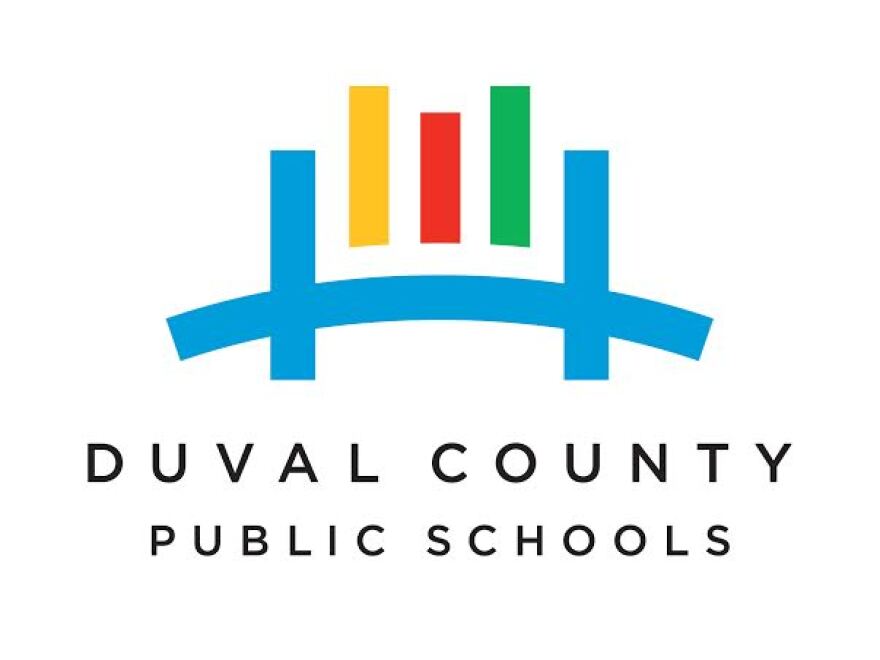Duval County Public Schools faces about $1.3 million less in class-size penalties this year than last year.The Florida Department of Education recently released the final figure to the district.
The district will have to pay the Florida Department of Education $300,000 in penalties for not fully complying with the state’s class-size amendment. That’s down significantly from the $1.5 million final penalty the district was required to pay this time last year.
The state requires school districts to keep certain classrooms limited to a specified number of students. For example in high school, the limit is 25 students per class in core curriculum areas such as math, science and English.
Any class determined not to be in compliance with the rules results in a fine to the tune of about $3,000 dollars per student. Under the law, fines paid by districts not in compliance with the law are redistributed to districts in compliance. Once those funds are distributed to all the complying districts, the remaining balance is redistributed to the other districts.
In Duval County’s case, initially the district was fined about $700,000 by the state this year, but after adjustments, the final penalty came to $300,000.
About 95 percent of the district’s classrooms were compliant with state rules this year, up from about 80 percent in 2012-13. Last year, the district was ultimately slapped with a $1.5 million fine.
The change this year was due to a concerted effort by principals and staff to adhere to the rules, according to district officials. The district went from having more than 8,000 classroom units out of compliance last year to just over 1,000 this year.
However, Superintendent Nikolai Vitti has said that effort also resulted in a number of disruptions to students and school staff as schools scrambled to shift students out of some classrooms and add on others.
Next year, the district plans to set its own rules for class size apart from the state. Instead of complying with the state mandate to calculate class size at a classroom level, the district will calculate limits at a school level.
A House bill proposing the same measure was introduced earlier this year, but later died in subcommittee.
Last week, Vitti said the strategy is similar to steps taken by other large districts, like Miami-Dade and Broward counties, to combat the loss of revenue tied to dropping student enrollment.
“They’re having to do the same thing because of the same factors that we’re facing which is an increase in charter school enrollment,” he said.
Each student that leaves the district’s traditional public schools for a charter school takes about $5,400 in taxpayer money with them. That’s projected to result in a $17 million loss for Duval County this fall, Vitti said.
“That’s one way schools are adapting and districts are adapting to the loss of resources,” Vitti said.
You can follow Rhema Thompson @RhemaThompson.






